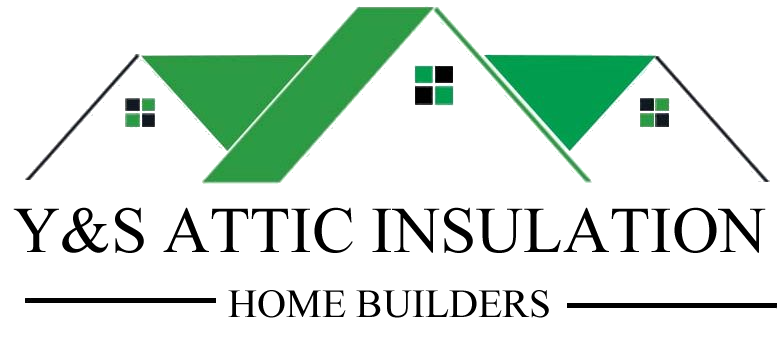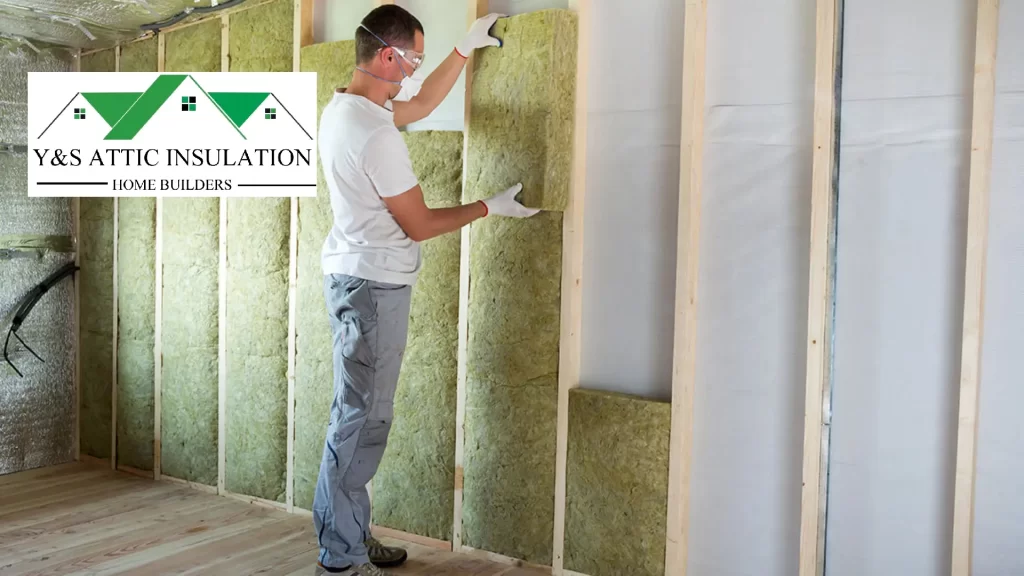As the world embraces sustainability, eco-friendly practices are becoming increasingly prevalent in various industries, including insulation installation. This shift towards green solutions not only benefits the environment but also offers numerous advantages for homeowners.
The Importance of Eco-Friendly Insulation
Eco-friendly insulation materials are derived from renewable resources and have minimal impact on the environment. They are free from harmful chemicals and toxins, making them safer for both installers and occupants of the building.
Types of Eco-Friendly Insulation
1. Recycled Materials
Insulation made from recycled materials, such as recycled denim, newspaper, or glass, reduces waste by repurposing existing resources. These materials offer excellent thermal performance while minimizing environmental impact.
2. Natural Fibers
Natural fibers like wool, hemp, and cotton are renewable and biodegradable. They provide effective insulation and have the added benefit of being non-toxic and breathable, creating a healthier indoor environment.
Energy Efficiency Benefits
Eco-friendly insulation improves energy efficiency by reducing heat loss and minimizing the need for heating and cooling. This results in lower energy consumption and utility bills, making it a cost-effective solution for homeowners.
Health and Comfort
Unlike traditional insulation materials that may release harmful chemicals over time, eco-friendly insulation maintains indoor air quality and promotes a comfortable living environment. It helps regulate humidity levels and prevents mold growth, reducing the risk of respiratory issues.
Professional Installation Practices
Proper installation is essential to maximize the performance of eco-friendly insulation. Certified installers follow eco-friendly practices such as minimizing waste, using low-impact installation techniques, and ensuring airtight seals to optimize energy efficiency.
Long-Term Sustainability
Investing in eco-friendly insulation promotes long-term sustainability by reducing carbon emissions and conserving natural resources. It also adds value to properties and contributes to a greener future for generations to come.
In conclusion, Eco-friendly insulation installation is a cornerstone of the green revolution in construction. By choosing sustainable materials and adopting environmentally conscious practices, homeowners can enhance energy efficiency, improve indoor air quality, and contribute to a healthier planet.
Learn more about Insulation installation:
Troubleshooting Common Issues in Insulation Installation: Solutions and Fixes

